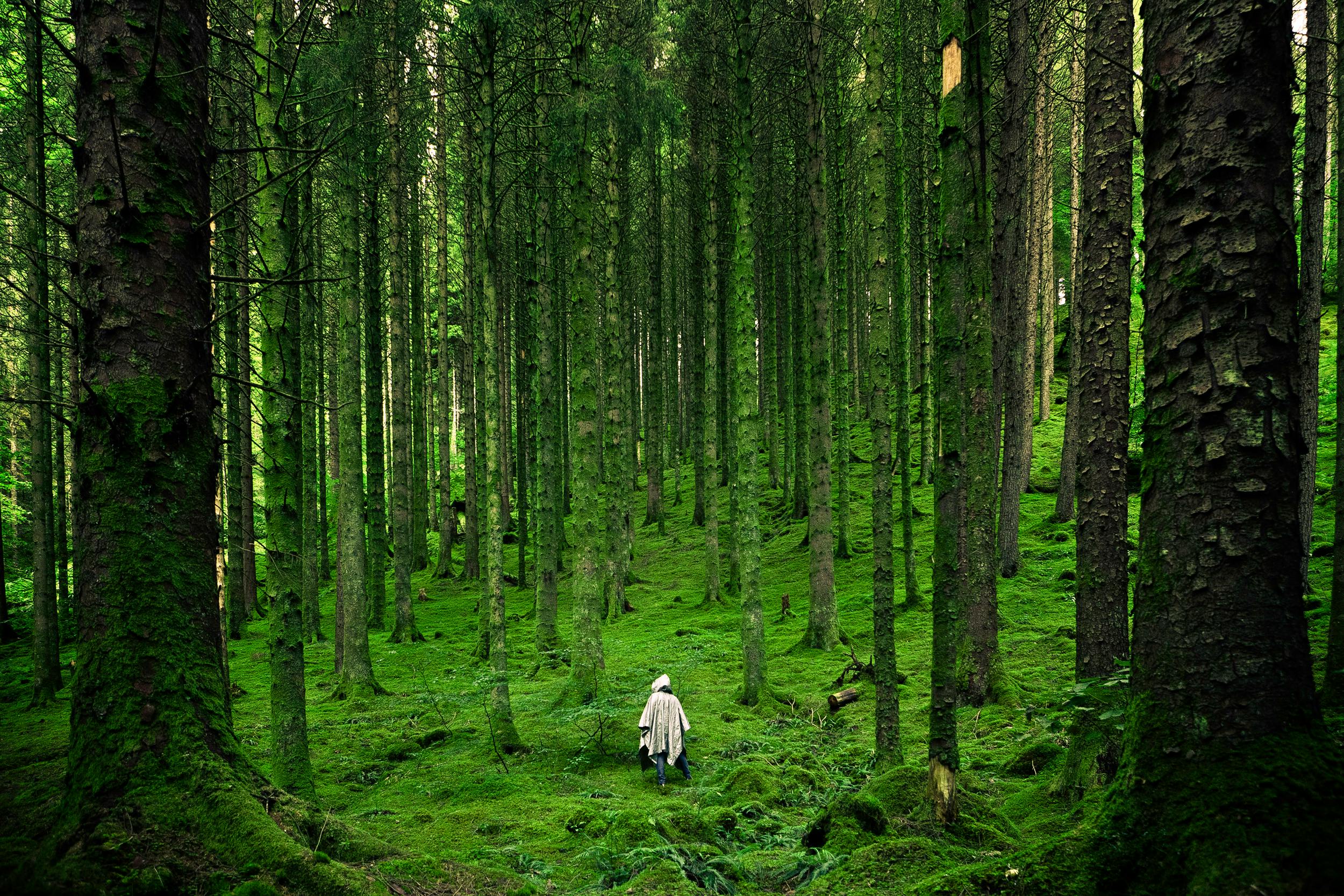"Unfolding the Hidden Health Potential of Forest Therapy"
Have you ever wondered why a leisurely walk in the woods feels so therapeutic? The answer lies in the revered Japanese practice of Shinrin-yoku, or forest bathing. Emerging in the 1980s as a radical counterpoint to the country's tech boom, Shinrin-yoku promotes the healing power of nature. This practice encourages individuals to slow down, breathe deeply, and absorb the forest's tranquil beauty through all five senses. Over time, this seemingly simple act has blossomed into a widely recognized wellness practice backed by fascinating scientific research.

Forest Therapy in Today’s Health Landscape
Today, the popularity of forest therapy has crossed borders, becoming a global wellness trend. Notably, it’s not just about the calming effect of nature on the mind. Research shows that forest environments can significantly impact physical health, reducing blood pressure, boosting immune function, and decreasing stress hormones. Furthermore, trees release phytoncides, airborne chemicals that have been linked to improved immune response. The tranquility of forests also fosters mindfulness, a mental state associated with improved psychological well-being.
The Science Behind Forest Therapy
Forest therapy’s benefits are not merely anecdotal but rooted in extensive scientific research. Studies reveal that spending time in forests can enhance our natural killer (NK) cells’ activity, key soldiers in our immune system. This increase in NK activity is associated with the reduced risk of cancer and enhanced overall immunity. The reason behind this boost is believed to be the inhalation of phytoncides, a substance released by trees and plants.
The Power and Limitations of Forest Therapy
While the benefits of forest therapy are compelling, it’s essential to remember that it’s not a panacea. It’s one part of a holistic approach to health and wellness. Forest therapy can’t replace medical treatment or regular physical exercise, but it can complement these practices, offering unique physical and mental health benefits. It’s also worth noting that the quality of the forest environment matters. Urban parks may not offer the same benefits as wild, natural forests.
Unveiling Practical Forest Therapy Tips
- Start by finding a forested area that you find calming and inviting.
- Leave behind any distractions, including your phone or any worries.
- Engage all your senses. Listen to the rustling leaves, smell the earthy fragrance, feel the texture of bark, observe the play of light and shadow, and taste the fresh air.
- Don’t rush. Walk at a leisurely pace, allowing yourself to absorb the environment.
- Practice mindful breathing, deepening your connection to the forest and your own body.
Concluding Thoughts
Forest therapy is an exciting development in the wellness world, offering a host of physical and mental benefits. While it’s not a cure-all, its potential as an adjunctive health practice is undeniable. Whether you’re seeking stress relief, a boost to your immune system, or simply a deeper connection with nature, forest therapy can be a valuable addition to your wellness routine. As we navigate an increasingly digitized world, perhaps the answer to better health and well-being lies in the calming, restorative embrace of our natural forests.




